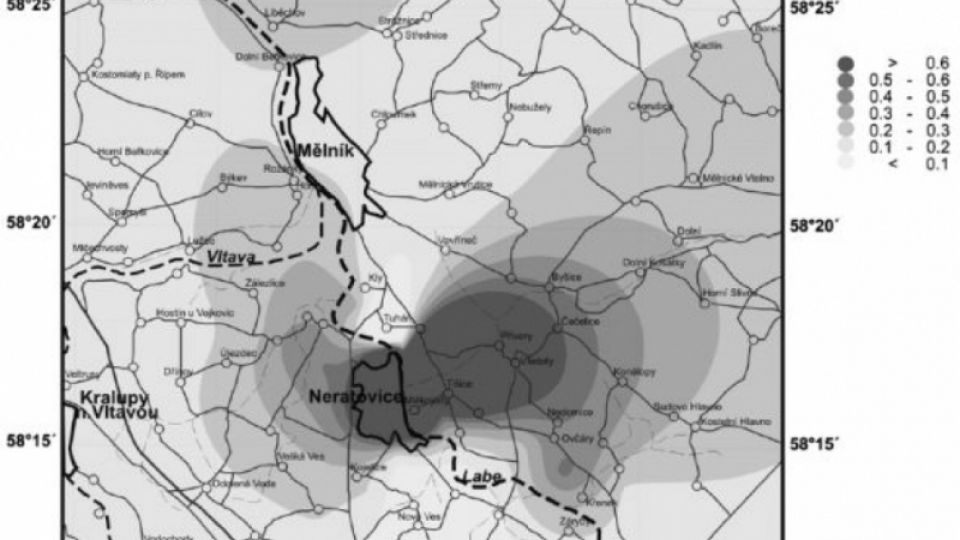Today, an international network of non-governmental organisations, IPEN, published a study which focuses upon the contamination of certain regions of our planet by toxic mercury. We present the key findings of the study 'Global Mercury Hotspots,' officially published by our colleagues in the USA several minutes ago.
Arnika participated in preparation of the global study, as well as of all the local reports: in Cameroon, Thailand, Albania, Russia, Mexico, Tanzania, Indonesia, Cook Islands, and the Czech Republic.
"The study presents new data on mercury concentrations in fish and human hair, and identifies, for the first time, a set of hotspots of biologically significant environmental burden, i.e., places where mercury contamination levels are sufficiently high to pose serious threat to ecosystems and human health," said David C. Evers, PhD, the executive director and chief scientist of the Biodiversity Research Institute. The report is a result of cooperation between the global network of non-governmental organisations, IPEN, and the scientific research team of the Biodiversity Research Institute.
Key findings from the report:
* Mercury contamination is ubiquitous in marine and freshwater systems around the world.
* Biologically significant mercury hotspots are globally common and are related to various human activities. Worthy of mention are, for example, industrial chlorine manufacturing, contaminated sites, coal-fired power plants, small-scale gold mining, industrial sites cumulating chemical and other industries, and other pollution sources.
* Mercury concentrations exceeding the limits set by the U.S. Environmental Protection Agency (U.S. EPA) were found in fish samples from many countries of the world. According to the study results, mercury contents in 43 - 100 % of fish samples from 8 countries of the world exceeded the level of safe consumption of one fishmeal (170 g) per month. Mercury concentrations in fish from Japan and Uruguay were so high that their consumption is not recommended at all.
* More than 82 % of human hair samples from 8 countries exceeded the U.S. EPA reference dose level of 1.0 ppm (mg/kg), i.e., concentrations in the order of per milles.20 out of 20 people living near an industrial site in Thailand, who provided samples of their hair for analysis, had unsafe levels of mercury in the hair. 19 out of 20 Indonesian workers working in gold mines had mercury levels in the hair exceeding safe level set by the EPA. 18 out of 20 Tokyo inhabitants showed similar results.
Non-governmental organisations participating in the research require that the new Convention on Mercury be significantly more ambitious than its present proposal. They are afraid that the proposed text of the global convention on mercury is not able to prevent continuing negative mercury impacts on human health, and to reduce global fish contamination by mercury.







